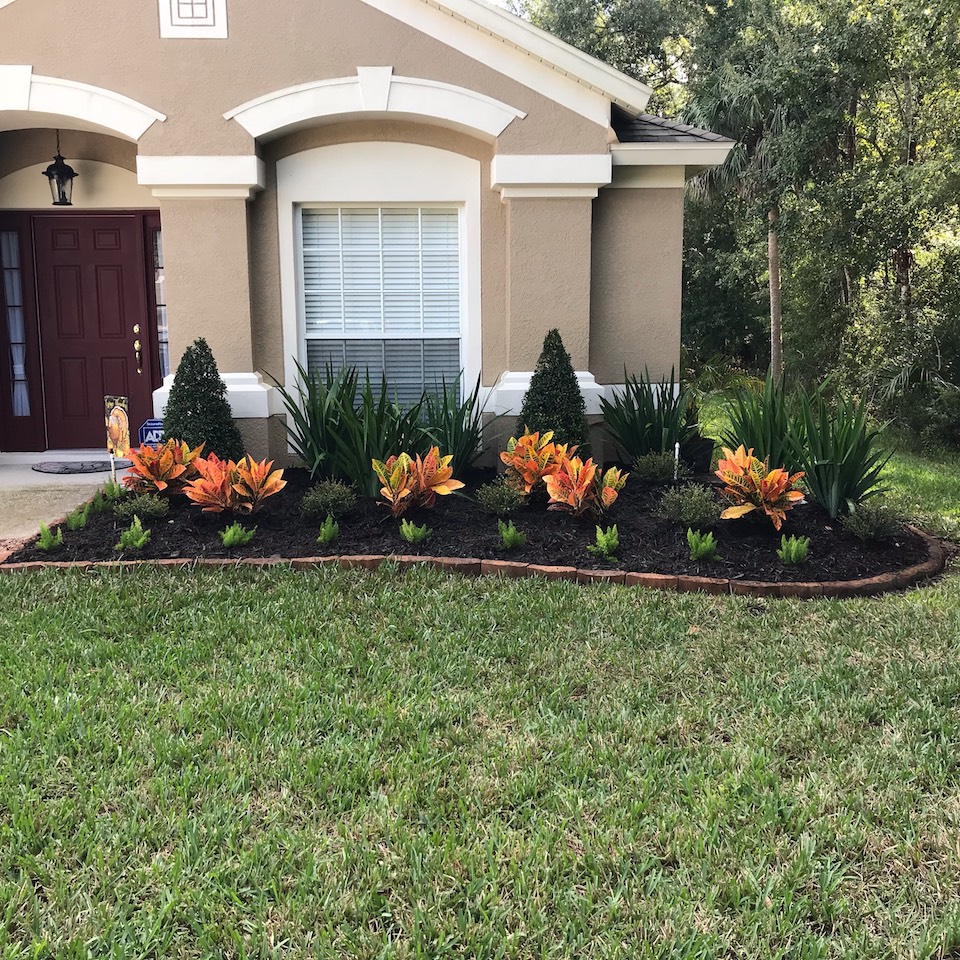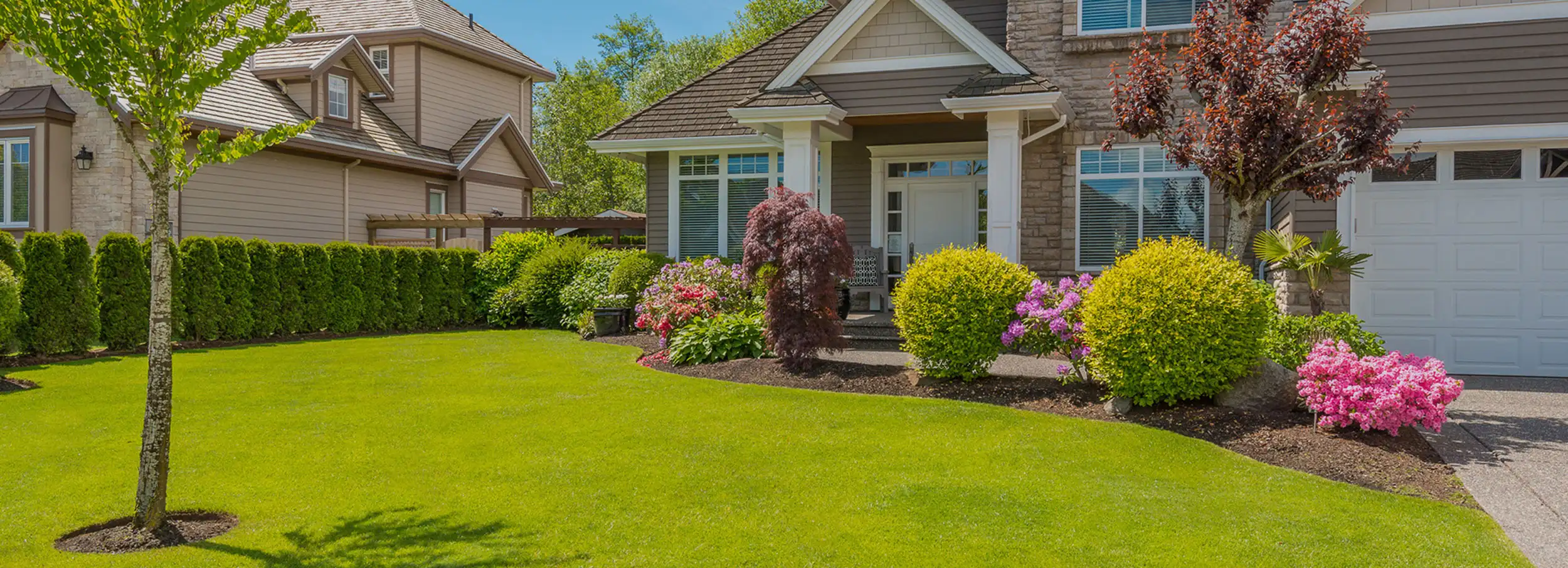Why Selecting the Right Palm Desert Landscaping Solution Matters
Why Selecting the Right Palm Desert Landscaping Solution Matters
Blog Article
A Comprehensive Guide to Designing and Implementing Effective Landscaping Solutions
The art and science of landscaping prolong beyond mere aesthetic appeals; they entail a thoughtful integration of style concepts, ecological stewardship, and sensible application. A comprehensive guide to reliable landscaping services starts with a comprehensive understanding of your outdoor area, highlighting the value of proportion, unity, and balance. As we explore sustainable techniques and the option of ideal plants, the effects for biodiversity and community well-being end up being significantly obvious. What strategies can one use to ensure these landscapes not just flourish yet also grow in harmony with their environments?

Recognizing Landscape Style Principles
One may question what fundamental components add to effective landscape layout. At its core, successful landscape style depends upon numerous key concepts that lead the arrangement and choice of aspects within an area. These principles include unity, balance, proportion, and rhythm, each offering to develop an unified exterior atmosphere.
Unity refers to the cohesive relationship amongst different components, making certain that they collaborate aesthetically and functionally. Balance can be achieved with in proportion or unbalanced setups, enabling the landscape to really feel secure and welcoming. Proportion includes comprehending the scale of components in regard to each various other and the surrounding atmosphere, promoting visual harmony and comfort.

Examining Your Outdoor Area
Prior to executing the principles of landscape style, a comprehensive analysis of your outside room is essential. This initial assessment assists specify the scope of your landscaping job and makes certain that your layout aligns with the one-of-a-kind characteristics of your building. Begin by examining the dimensions of your room, taking precise dimensions to recognize the offered area for different components such as patios, pathways, and gardens.
Following, observe the existing features of your landscape, including topography, dirt top quality, and drainage patterns. These variables substantially influence plant selection and positioning. In addition, analyze the sunshine direct exposure across different locations throughout the day, as this will affect the sorts of plants that flourish in your garden.
Consider the microclimates produced by frameworks, trees, and various other challenges, as they can influence temperature and wetness levels. Last but not least, bear in mind of any existing plants or hardscape elements that you want to get rid of or keep. This extensive assessment prepares for a educated and efficient landscaping option, ensuring that your style is not only aesthetically pleasing however sustainable and additionally functional for several years to come.
Lasting Landscaping Methods
Integrating lasting landscape design techniques is vital for creating an ecologically responsible outside area. These methods not only advertise eco-friendly equilibrium yet likewise boost the aesthetic and functional worth of a landscape. One foundational technique is the application of indigenous plants, navigate to this website which require less water and upkeep while sustaining neighborhood wildlife. Implementing effective watering systems, such as drip irrigation, reduces water waste and ensures that plants receive sufficient wetness.

One more effective method is the calculated placement of trees and shrubs to provide natural windbreaks and shade, therefore reducing energy expenses (Palm Desert Landscaping). Rain yards can be integrated into the landscape style to take care of stormwater drainage properly, filtering pollutants before they enter rivers
Choosing the Right Plant Kingdoms
Picking the right plants for your landscape is essential to achieving both aesthetic charm and environmental consistency. The process starts with an understanding of your local climate, soil problems, and the certain microenvironments within your landscape. Examining aspects such as sunlight exposure, wetness degrees, and existing vegetations will certainly aid you pick plants that thrive in your distinct setup.
Consider incorporating native plants, as they are well-adapted to neighborhood conditions, need much less upkeep, and support local wildlife. In addition, picking a varied variety of species can enhance biodiversity while reducing the danger of disease and parasite episodes. It is vital to assess the development routines, blooming periods, and seasonal shades of potential plants to create a vibrant and natural landscape.
Additionally, think of the meant usage of the space; for instance, if the location will certainly experience high foot web traffic, select durable ground covers. By attentively selecting plants that line up with both your aesthetic goals and environmental needs, you can create a sustainable landscape that not only improves your residential or commercial property yet likewise view website adds favorably to the bordering community.

Execution and Maintenance Methods
Once the appropriate plants have actually been picked for your landscape, the focus changes to effective application and ongoing upkeep techniques. Effective installment begins with proper website prep work, which includes soil screening to determine nutrient levels and pH, adhered to by amending the soil as required. Thoroughly prepare plants according to their development habits and light demands, making certain adequate spacing to advertise healthy growth.
Irrigation is a crucial aspect of execution. Develop a watering schedule that considers the certain needs of each plant varieties, changing for seasonal changes. Utilizing drip irrigation systems can enhance water effectiveness and minimize drainage.
Upkeep approaches have to be carried out to guarantee the longevity and vitality of your landscape. Regular tasks include weeding, mulching, and pruning to manage development and avoid condition. Fertilization needs to be performed based upon soil examinations, giving the needed nutrients without over-fertilizing.
Keeping track of for parasites and conditions is essential; early discovery can prevent considerable damage. Finally, seasonal changes to upkeep routines, such as preparing and winterizing perennials for spring growth, will ensure that your landscape remains aesthetically enticing and healthy and balanced year-round.
Final Thought
Finally, reliable landscaping options call for a comprehensive understanding of design concepts, careful evaluation of exterior spaces, and the application of sustainable techniques. The selection of appropriate plant types plays a critical duty in boosting visual allure and environmental durability - Palm Desert Landscaping. Successful implementation and continuous upkeep additionally guarantee the durability and vitality of landscapes. visit the site By integrating these aspects, landscapes can be transformed into lovely, functional environments that advertise biodiversity and contribute favorably to area wellness.
One might wonder what foundational aspects contribute to efficient landscape layout. At its core, effective landscape style pivots on several essential concepts that direct the plan and selection of elements within an area.Picking the right plants for your landscape is vital to attaining both aesthetic allure and ecological harmony. It is essential to review the growth behaviors, flowering periods, and seasonal colors of prospective plants to produce a dynamic and natural landscape.
When the appropriate plants have actually been chosen for your landscape, the focus shifts to efficient application and recurring maintenance strategies.
Report this page